Body Oil versus Body Lotion This Winter: An Ayurvedic Guide for Healthy Skin.
| Authored by: Adeeba |
| Reviewed by: Kapil Dhameja |
| Estimated Reading Time: 6 minutes |
Winter takes us towards cozy scarves, hot drinks, and the occasional longing for humidity. For many of us, it also brings dry skin, tightness, flaking, and that uncomfortable feeling of "my skin isn't mine." Choosing the right moisturiser in winter matters more than ever, and in Ayurveda, the answer is rarely one-size-fits-all. Tradition leans toward nourishing oils and warm routines, modern cosmetic science offers lotions and creams engineered for quick absorption and targeted hydration. So now, we'll delve into both perspectives, break down what really makes the difference between oils and lotions, and give you clear, practical guidance to help you keep your skin soft and healthy during the colder months.
What Ayurveda Says About Skin Care in Winter

According to Ayurveda, seasons are a cycle of qualities. Winter is essentially a Vata season: cool, dry, light, and mobile. Vata governs movement and dryness within the body, and if it increases, then it manifests itself through dry lips, flaky skin, brittle nails, and sensitive scalps. Ayurveda, therefore, recommends creating a mixture of qualities that can target the skin concerns: warmth, moisture, heaviness, and stability. This means more oiling, warm baths (not scalding), nourishing foods, and gentle daily routines, dinacharya, that protect the body from the cold and dry tendencies.
Traditional texts suggest internal nourishment with warm soups, ghee, millets and external nourishment in the form of self-massage, abhyanga, with warm, herb-infused oils, thereby lubricating tissues, improving circulation, and preventing Vata from further aggravating the skin. These are not just practices for texture in Ayurveda, skin state is linked to internal health. Proper digestion, agni, hydration, and nourishment of the tissues, dhatu, are very important.
So, during winter, the emphasis in Ayurveda is preventive and restorative, regular oiling of the skin to keep it supple and routines that create warmth and balance within.
Understanding Body Oils & Lotions - What’s the Difference?

Though both oils and lotions are designed to hydrate the skin, they function in entirely different ways. Body oils are purely composed of lipids, meaning fats that either mimic or complement the skin's natural oils.When you put oil on your skin, it acts like a soft, protective shield. It keeps all that moisture locked in, so your skin doesn’t dry out. This makes them especially effective during dry or cold weather when skin is losing water rapidly. Sesame, almond, and coconut oils tend to seep gradually into the top layers of the skin, where they restore the skin's natural lipid barrier and leave it smooth and supple. According to Ayurveda, oils also possess additional energetic properties; some warm, others ground, or even soothe, so they are selected based on both skin type and seasonal balance.
Lotions, on the other hand, are a mixture of water and oil that have been blended into an emulsion. Since they contain water, the moment they come in contact with the skin, lotions immediately hydrate. They also frequently contain humectants, such as glycerin or aloe vera, which draw moisture right into the skin and make the skin instantly feel refreshing. The small amount of oil in lotions helps seal in that water, but not as strongly as pure oils. This makes the lotion perfect for hydration without the feeling of greasiness, or just for daytime use under clothing and sunscreen.
In simple terms, oils act like moisture sealers while lotions act like moisture bringers. Oils deeply nourish and protect the barrier, whereas lotions hydrate fast and feel lighter on the skin. Knowing this difference makes it easier to decide what your skin really needs this winter: something that adds water, something that seals water, or a combination of both.
Winter Hydration: Why Oils Are Often Preferred in Ayurveda
1 Oils Balance Winter’s Vata Aggravation
Winter is inherently a Vata dominant season, so the external environment around us becomes cold, dry, rough, and light. These same qualities then show up in our skin: dryness, flakiness, tightness, and dullness.
Warm oils counter Vata because they hold the opposite qualities: heavy, unctuous, warm, and grounding.
When you massage your skin with a warm oil, it feels as if the body recalibrates itself, the skin softens, circulation improves, and dryness slowly melts away. Oils do not just sit on the skin, they harmonize winter's roughness with deep nourishment.
2 Oils Are More Efficient at Strengthening Skin Barriers
During the winter, the skin barrier becomes fragile due to the lack of humidity in the air. In Ayurveda, if your skin barrier’s struggling, it’s not just about looks, it means your tissues are drying out deep down, something called ruksha guna. Oils like sesame, almond, and coconut actually sink into the top layers of your skin, making that natural barrier stronger.
3 Oils Provide Deeper Nourishment to Tissues
According to Ayurveda, there are seven layers of bodily tissues, or dhatus. Dryness does not remain on the surface, it slowly penetrates deeper if left unattended. Ayurveda calls these oils “snehana,” which means they nourish and lubricate not just the surface, but deeper layers too, especially when you use them regularly. That’s why, in winter, people who stick with oils don’t just have smoother skin. They feel it in their muscles, their joints, even how warm they stay.
4 Oils Improve Winter Circulation
Cold weather naturally restricts blood flow. Ayurveda also says good circulation is key for healthy, glowing skin. A warm oil massage gets blood moving, relaxes tight muscles, and helps nutrients flow where they need to go. That gentle warmth from oils, particularly sesame oil, acts like a soft internal heater for tired winter skin.
5 Oils are more stable for winter temperatures
Winter environments often break down the effectiveness of water-based products. Lotions, on the other hand, are full of water and preservatives. When it gets cold, they can get weird, sometimes thickening up or separating. Oils don’t have that problem. They’re stable, no matter the weather, which makes them a solid choice in winter, especially if you’re dealing with super dry skin or you live somewhere cold and windy.
When to choose lotions?
1 When You Want Light, Quick Hydration
Lotions work absolutely great for people who do not like the heaviness of oils during the day. They absorb fast, feel fresh, and don't leave any residue on clothes, perfect for busy mornings or for office hours.
2 When the Climate Is Cold but Slightly Humid
Not all winters are ultra-dry. In places where cold weather still has a bit of moisture in the air, lotions can hydrate well since they attract and hold water, keeping skin soft without greasiness.
3 When Skin is Oily or Acne-Prone in Winter
The cold months also continue to bring oily skin or breakouts to some people. Heavy oils can feel too rich, especially for such people, while lightweight lotions or gel-creams help regulate hydration without clogged pores.
4 When You Need Hydration - Practical and On-the-Go
Hands, elbows, knees, and feet get dry in winter, but oils are too messy to wear during the day. For a quick dose of moisture, lotion is more convenient; use oils at night for deeper repair.
5 When You Want Added Skincare Actives
Many lotions come with formulated ingredients such as hyaluronic acid, niacinamide, aloe, or antioxidants targeting dullness, pigmentation, or dehydration that pure oils do not necessarily offer.
6 When Skin Feels Sensitive or Overheated
Even in winter, if one is prone to redness and irritation, lighter lotions, particularly cooling, herbal ones, can feel gentler and more comfortable than heavy, warm oils.
Which is actually more hydrating during the winter, oil or lotion?
The single biggest winter skincare question anyone has: "Should I use oil or lotion for deeper hydration?
Let's understand this clearly, both from the Ayurvedic wisdom and from simple skin science.
Oils Hydrate by Nourishing & Sealing MoistureThe air becomes dry and cold in winter. That is why the skin can lose moisture really fast. The Ayurvedic oils, especially sesame, almond, coconut, or herbal body oils, work by:
-
Strengthening the skin barrier.
-
Preventing water loss (TEWL).
-
Deeply nourishing the tissues (dhatus).
-
Keeping Vata dosha calm and stable.
When Vata is balanced, skin stays:
-
soft
-
warm
-
moisturized
-
less itchy
-
less flaky
This is the reason Ayurveda rates oils higher than lotions during winter. Oils tend to stay longer on the skin and are hence ideal for very dry, cracked, or mature skin.
Lotions Hydrate by Pulling In Moisture. Lotions are lighter and based on water. They work by:
-
It moisturizes the topmost layers of the skin.
-
Quickly absorbed
-
Adding humectants, such as aloe, glycerin, or hyaluronic acid.
Lotions are refreshing to the skin and best for:
-
Mild winter dryness
-
oily or combination skin
-
daytime moisture
But because they evaporate faster, they don't always protect the skin barrier as deeply as oils do, particularly in very cold and dry climates.
The Real Winner: Both Together
The best hydration in winter often comes from layering.
There’s a place for lotions too. Depending on your skin type, climate, or how you live, sometimes lotions are just what you need. They hydrate because they’re water-based, and if you put oil on top, you lock that hydration in. Kind of like a “moisture sandwich.” This trick keeps your skin soft and smooth all day.
Pretty winter-friendly, indeed, for people living in dry climates or with dehydrated skin.
Different skin types have different winners. Here's a simple breakdown:
For dry skin, oils wins, they go deeper and last longer.
If your skin is oily, light lotions work better. They hydrate without feeling heavy.
For combination skin, both oils on dry areas and lotion on oily zones.
For Sensitive Skin - It depends on the concern, if skin is dry and irritated then go for oils and If skin is red or inflamed then opt for light lotions
Ayurveda's Verdict
Ayurveda teaches that winter aggravates Vata, and Vata needs snigdha, warm, nourishing care. So, in pure Ayurvedic terms: Body Oils is equal to superior hydration in Winter, but modern skincare allows for flexibility, and the best thing to do is choose based on your skin type and comfort level.
Top Ayurvedic Oils for Winter Skin

Winter is the season when your skin quietly whispers, "I need a little extra love." And it's exactly the time, says Ayurveda, to bring in nourishing, warming, and deeply grounding oils. These oils do more than moisturize: they balance, strengthen the skin barrier, calm aggravated Vata, and leave skin feeling comfortable, soothed, and healthy.
1 Sesame Oil: The King of Winter Oils
Sesame oil is, in fact, considered to be the most recommended oil in Ayurveda for winter. The reason is that it's warm, heavy, and deeply nourishing, exactly what cold, dry Vata season requires. When massaged into the skin, sesame oil works like a warm blanket, softening rough patches, strengthening the tissues, keeping the skin supple, even supporting better circulation. This is when you want to use this oil because your skin feels really dry, tight, or dull.
2 Almond Oil: The Gentle, Radiant Glow Moisturizer
Sweet almond oil is ideal for those who desire nutrition but not overwhelming greasiness. Rich in Vitamin E and natural fatty acids, it smoothens out, brightens, and softens skin. During winter, sweet almond oil helps reduce flakiness and makes the skin feel so much more comfortable. Almond oil works beautifully for people who have slightly sensitive skin or those who like a mild, pleasant aroma and a lighter feel.
3 Coconut oil Cooling yet soothing
Though coconut oil is intrinsically cooling, it can be great in winter for those with sensitive, irritated skin, or redness. It soothes the inflammation, itching sensation, and leaves the skin soft and silky. In tropical or generally humid areas with mild winters, coconut oil turns into just the right lightweight everyday moisturizer. It's also wonderful for people whose skin reacts to heavier oils.
4 Mahanarayan Oil: For Stiffness, Aches & Dryness
This Ayurvedic oil is a classical remedy frequently used during winter when the body feels stiff or achy due to cold. A lot of lotions and oils also pack in herbs like Ashwagandha, Shatavari, Dashmool, and Bala, herbs known in Ayurveda for their rejuvenating powers. Even a simple warm massage with Mahanarayan oil soothes the muscles, nourishes the joints, and relaxes the body. It is highly effective for those who feel the aridity of winter along with body discomfort.
5 Kumkumadi Oil: For Dry, Dull, Winter Skin
The legendary oil. And if winter leaves your face looking dull or uneven, Kumkumadi oil is a great pick. Made with saffron, sandalwood, and other brightening herbs, it doesn’t just moisturize, it really boosts your glow. This is highly useful for dry-to-normal skin types needing both hydration and glow in the cold, dry months. Just 2–3 drops at night can protect the skin from dryness and environmental stress.
6 Ashwagandha Bala Tailam: Strengthening and Rejuvenating
This nourishing oil is the hero for people whose skin becomes extremely dry or whose Vata imbalance gets worse in winter. Ashwagandha and Bala create a soothing, warming effect while strengthening the tissues of the skin. It also helps with fatigue, muscle tightness, and feeling "drained," which is common in winter months. The oil feels grounding and luxurious, perfect for a warm evening massage.
7 Mustard Oil: For Harsh Winters
In most cases, where the winters are biting cold, mustard oil is a traditional favorite. It is intensely warming, stimulates circulation, and keeps the skin from feeling cold to the touch. Because of its heat, it’s not ideal for everyone, especially those with sensitive skin, but for people in northern regions or those prone to cold extremities, mustard oil can feel incredibly comforting.
Top Ayurvedic Lotions / Cream Alternatives

Although Ayurveda has traditionally leaned toward more oils in winter, some modern Ayurvedic brands, such as Blue Nectar, have created lightweight and nourishing lotions to suit today's lifestyle. These lotions combine classical herbs with smooth, fast-absorbing textures; hence, they are perfect for those people who desire hydration but not heaviness.
1 Shea Butter Warm Vanilla Body Lotion
This is one of the most nourishing lotions. It contains shea butter, kokum butter, vanilla, manjistha, and aloe vera that provide deep hydration during winters. Consequently, the texture is rich yet lightweight and non-greasy, excellent for dry and extra-dry skin.
It regenerates softness, smoothes rough patches, and leaves a warm, comforting scent perfect for cold weather.
2 Niraa Light Body Lotion (Aloe + Manjistha)
This is a lighter option for everyday winter use, which absorbs well into the skin but still nourishes it. More precisely, herbs such as manjistha, aloe vera, and yashtimadhu soothe dryness and provide healthy glow support. It's perfect for normal combination skin, or for anyone who doesn't like a heavy-feeling lotion during the day.
3 Ayurvedic Brightening Body Lotion (Saffron + Turmeric)
This lotion is a blend of the classical brightening herbs like kesar, turmeric, and manjistha with moisturising butters. It deeply hydrates the skin while supporting even skin tone and radiance through dull winter months. Ideal for skin that becomes patchy, uneven, or dull in winter.
4 Coconut + Aloe + Almond Body lotion
Many adults with highly sensitive or reactive skin also prefer this lotion because of its gentle formula. It contains coconut milk, aloe vera, almond oil, and light aromatic herbs. This keeps the skin soft and soothed without clogging pores or causing irritation.
5 Neem & Aloe Vera Cream
This combination hydrates while preventing the skin from winter acne. Neem purifies and controls bacteria, while aloe vera soothes irritation and locks in moisture. Best for those who get dry skin but also have the occasional breakout in winter.
6 Sandalwood & Turmeric Cream: Soothing Anti-Inflammatory Hydration
Sandalwood cools and reduces redness, while turmeric supports healing and brightening. These creams nourish flaky, irritated skin in winter and never make it greasy.
How to Use Oils and Lotions Effectively in Winter
Using oils and lotions correctly will completely transform how your skin behaves in winter. Most people think skincare is just about slapping on a moisturizer, but Ayurveda pays just as much attention to how and when you use your products. Layering, timing, even your massage technique, they all matter. Use oils and lotions the right way, and you’re not just hydrating. You’re balancing your skin, improving circulation, and keeping yourself protected from tough winter weather.
1 Starting with Warm Oiling
Ayurveda always advises using slightly warm oil in winter as the basic principle is that warmth allows the oil to penetrate deeper into the skin layers. The cold oil just sits on the surface, while warm oil melts into the skin, relaxes muscles, supports circulation, and immediately soothes winter dryness.
You can warm the oil by putting the bottle in a bowl of hot water for a minute. Then, once it has warmed up, apply the oil in light strokes all over your body, mainly legs, arms, back, and feet. That simple change itself makes a big difference in hydration.
2 Let the oil settle into the skin.
The classic mistake is washing off the oil immediately. Ayurveda suggests keeping the oil on the body for 10-15 minutes before showering. This allows the skin to absorb the nutrients and prepares your body tissues for the day. It is at this time that your skin softens, your nerves relax, and the winter stiffness melts away gradually. Imagine giving your skin a warm hug.
3 Apply Lotion After a Warm Bath
This is the secret many people don't know: oil before bath, lotion after bath is the perfect winter routine. A warm bath helps remove excess oil without stripping the skin. After patting the skin dry, never rub harshly! Apply lotion on slightly damp skin. Damp skin drinks up hydration far better, sealing in moisture.
This combo makes your skin supple, glowing, and comfortable all day long with no rough patches, no dryness, and no irritation.
Layering: Oil First, Lotion Later
You can also layer if your skin is really dry.
Apply oil first to dry patches, knees, elbows, and feet.
Balalakshadi Jasmine Body Massage & Bath Oil.
4 Follow with lotion to lock in hydration.
That makes for a soft, buttery finish on the skin. Oils nourish deeply, while lotions seal everything in with humectants and emollients the perfect winter sandwich.
Use Oils at Night + Lotions in the Morning
If you want a simple, no-fuss routine:
Night: Warm oil massage-soothing, healing, deeply moisturizing.
Morning: Use lotion after bath, lightweight hydration plus provides barrier protection.
This combination supports the body’s natural rhythms: repair at night, protection during the day.
5 Choose Oils for Weekly Rituals & Lotions for Daily Use
Think of the oils as a deep nourishment treatment and lotions as your daily hydration partner. Doing full-body oiling once or twice a week will suffice to keep the dryness away this winter, while lotions can be used every day to maintain softness. This also works beautifully for people who find oils too heavy yet need the deep care they provide.
6 Massage Gently, Don't Just Apply
Whether with oil or lotion, your skin absorbs it better when you apply it with slow, circular motions. Massage is the best way to improve blood flow, it warms up your tissues, and helps the product seep further down. In Ayurveda, massaging is not just skin care, it's self-care.
7 Don't Forget Hands, Feet & Abdomen
These areas become dry very quickly and are usually neglected. Abdominal massage stimulates digestion and warmth, while oiling the feet will pacify the nervous system and is particularly helpful in insomnia associated with winter, stress, and cold extremities.
Precautions & Tips
Even though winter skincare with oils and lotions is generally safe and deeply nourishing, a few simple precautions make sure that your routine works with your skin and not against it. Ayurveda always teaches us that good skin care is not just about what you apply, but how, when, and in what state you apply it. Here’s how to make winter hydration safe, effective, and enjoyable.
1 Do a Patch Test
Every skin is unique and beautiful, and even the most gentle Ayurvedic oils can be sensitizing from time to time. It’s always wise to test a new oil or lotion on a small patch of skin like your wrist or behind your ear before using it all over your body.
2 Avoid using too much oil before going out.
Although heavy layering feels comforting in winter, too much oil may attract dust into the skin and clog pores, especially in polluted urban cities. Ayurveda advises reserving only heavy oil massages for nighttime or as a pre-bath ritual and using lotions throughout the day for lighter, more breathable hydration.
3 Choose Oils According to Your Body Type
Not every oil is for everyone. Vata skin is dry, rough, and flaky so it will love sesame oil, almond oil, or warm ghritam.
Pitta skin (sensitive, redness-prone) prefers cooling oils like coconut or manjishtha-infused oils. Kapha skin is oily and of a thicker texture, lighter oils like jojoba or grapeseed works best.
4 Use oils & lotions on slightly damp skin.
One of the easiest winter skincare mistakes is putting oil or lotion on bone-dry skin. When skin is damp, the moisture gets sealed in, and the hydration becomes long-lasting. This small habit alone can reduce dryness by 50%.
5 Don't Use Coconut Oil in Extremely Cold Weather
Coconut oil is great, but intrinsically cooling. During peak winter, it can accentuate symptoms of Vata-extremely cold hands, stiffness, dryness, or flaky patches. If it leaves your skin feeling tight, move on to warmer alternatives like sesame oil, mustard oil in mild proportions, or a combined Ayurvedic body oil.
6 Warm Your Oil, Not Your Lotion
Lotions are emulsions and don't require heating; it can even damage their structure. Oils, on the other hand, become more active when warmed up, making them more soothing. Just a few seconds in hot water is enough to release their therapeutic properties.
If you’re dealing with body acne, skip the heavy oils. Thick oils can feel suffocating, especially if you tend to break out on your back or shoulders. Instead use light oils such as jojoba or grape seed, or a gentle Ayurvedic lotion that moisturizes without clogging.
7 Follow a Regular Schedule
Winter skin loves consistency over intensity. It is better to apply oil twice a week and lotion every day rather than doing an intense oil massage once a month. Consistent, easy skin care that can be adapted into your routine works beautifully for your skin.
8 Listen to Your Skin
Ayurveda says the skin "speaks"; itching, redness, tightness, and discomfort are indications for changes in skincare. If your skin feels greasy after the oils, decrease the quantity. If it feels dry even then, switch to richer oils or layer both. Your winter routine should feel warm, cozy, and comforting, never heavy or irritating.
Final takeaway
So in brief all this simply means that in winter, your skin needs extra love and deeper nourishment. Ayurveda says that oils are the best way to get deep, long-lasting moisture, while lotions are better for everyday use because they are light and easy to use. If you mix them into your routine the right way, your skin will stay soft, smooth, and healthy all year long. Don't overthink it; just do what works and make your winter skincare something that makes you feel good and nourishes your skin.
Natural Body Lotion & Moisturizers
Ayurvedic Potli/Herbal Compress
Related Articles
DIY Massage Rituals: Transform Your Home Into a Natural Healing Spa
Uncovered: Which Ancient Civilization Actually Invented Massage?
Ayurvedic Therapies 101: Erase Stress, Toxins & Fatigue
The Ultimate Hair Growth Secret: Amazing Benefits Of Scalp Massage
All About Body Oil Massage In Ayurveda
10 Massage Myths You Still Believe — And What Ayurveda Really Says!
Reference
https://www.ijnrd.org/papers/IJNRD2204069.pdf
https://www.healthline.com/health/beauty-skin-care/body-oil-vs-lotion
https://pmc.ncbi.nlm.nih.gov/articles/PMC5796020/
https://jaims.in/jaims/article/view/1407
https://www.pharmacyjournal.org/archives/2023/vol5issue2/PartA/5-2-14-373.pdf
https://health.clevelandclinic.org/coconut-oil-for-skin



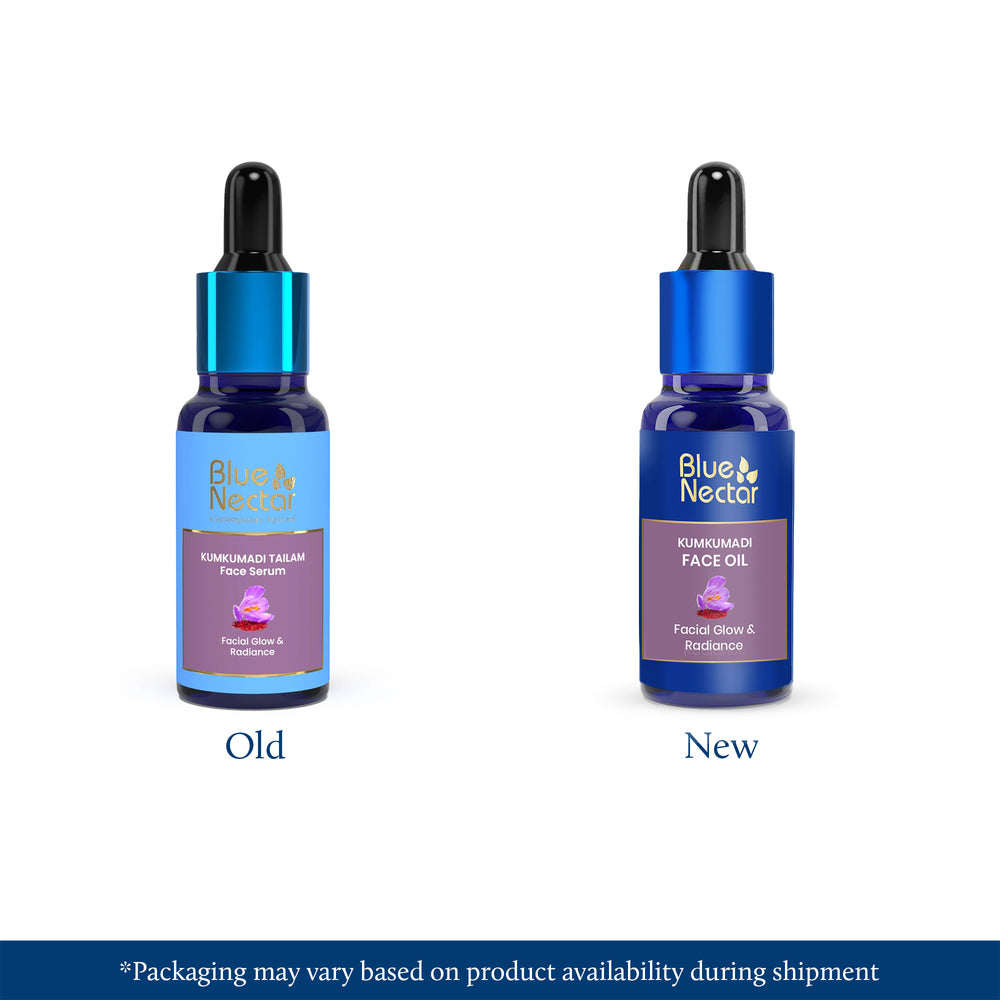
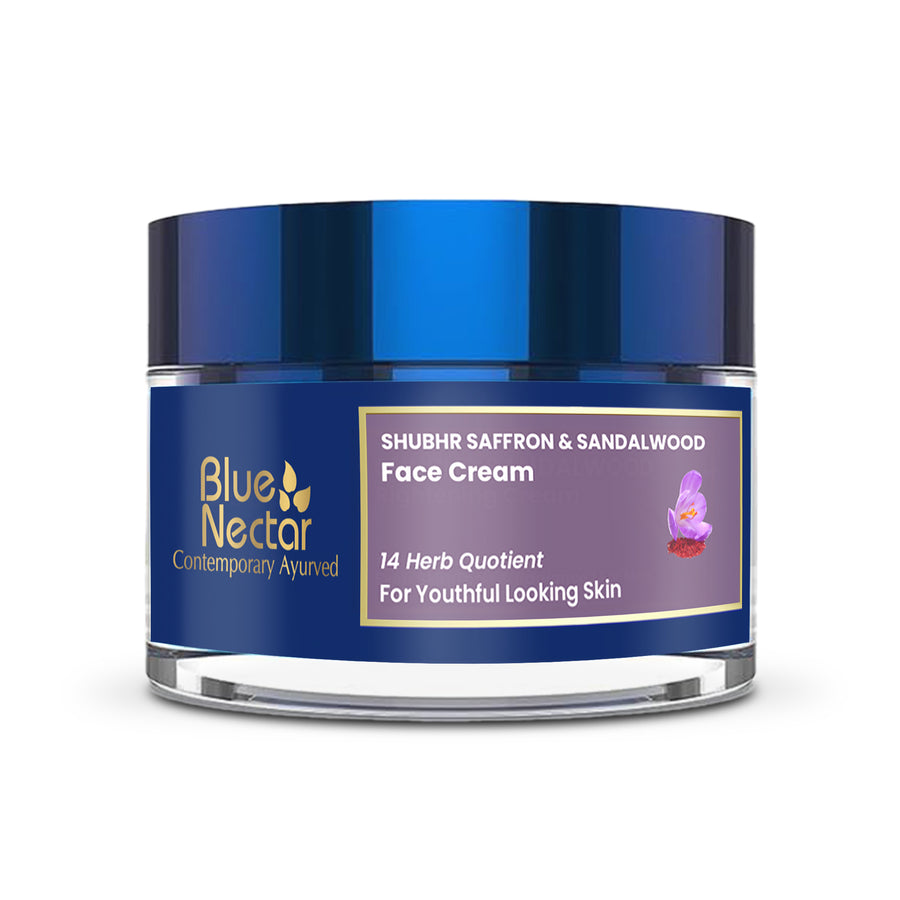

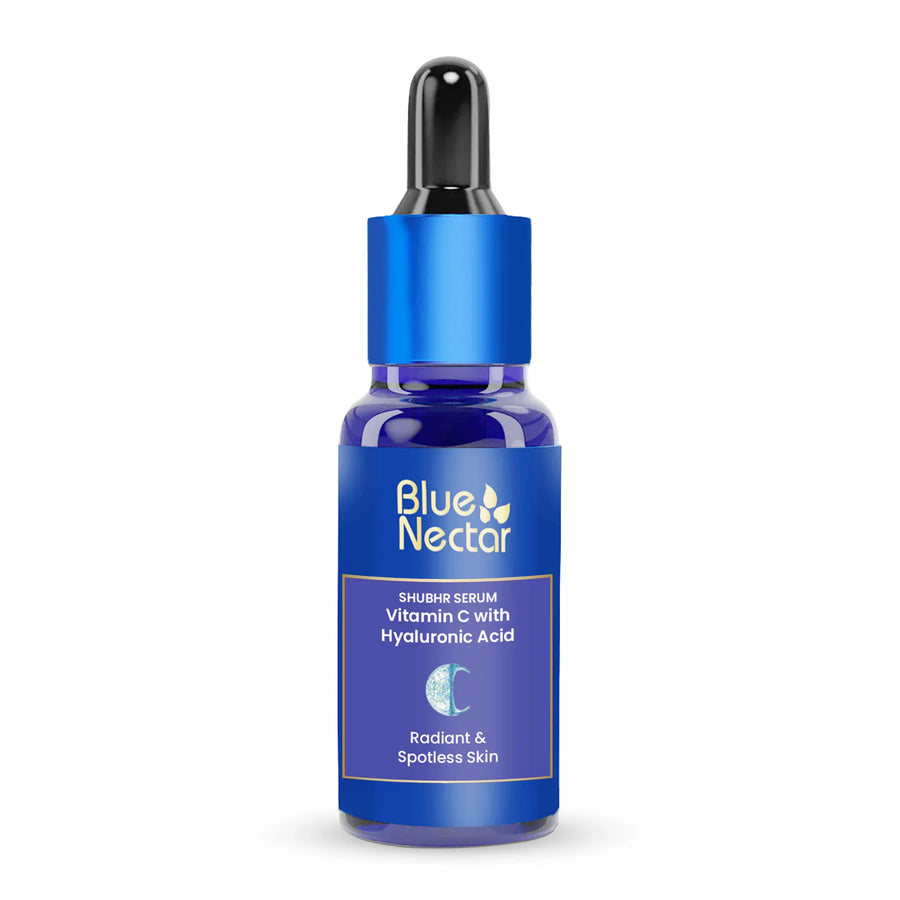


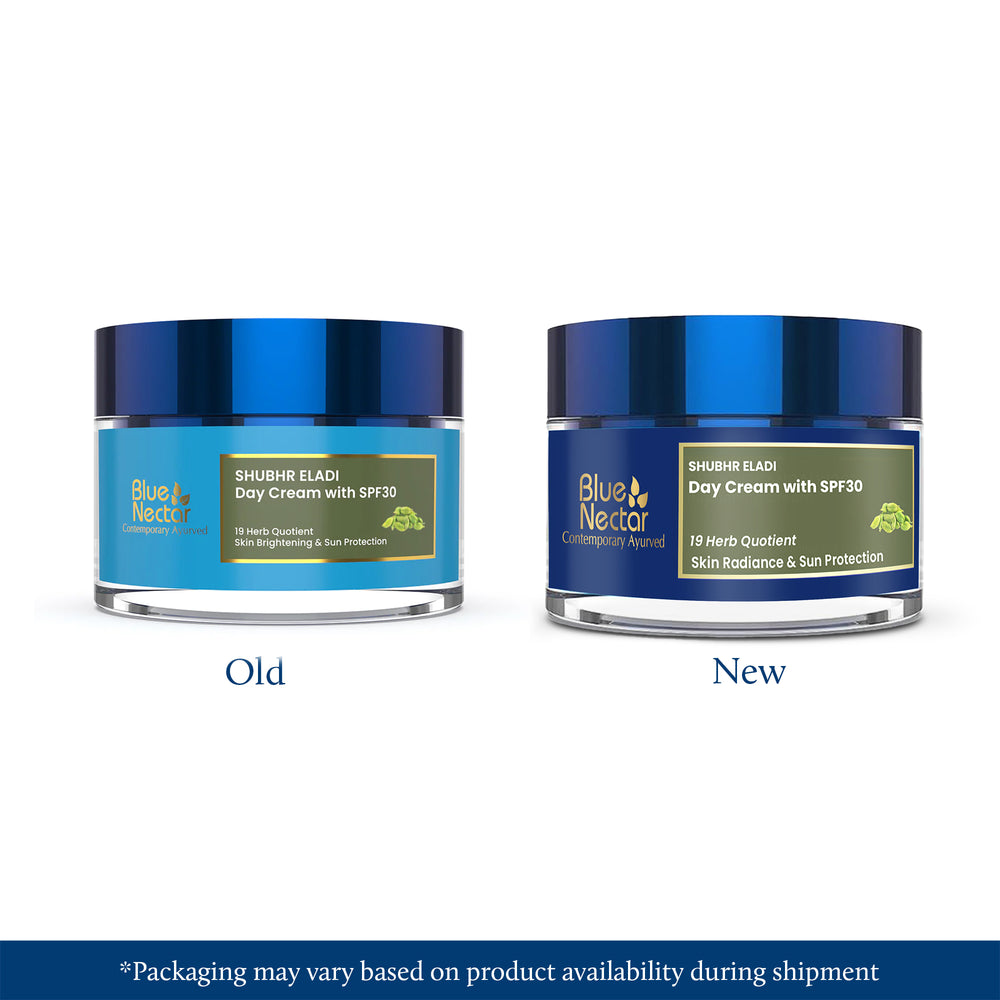
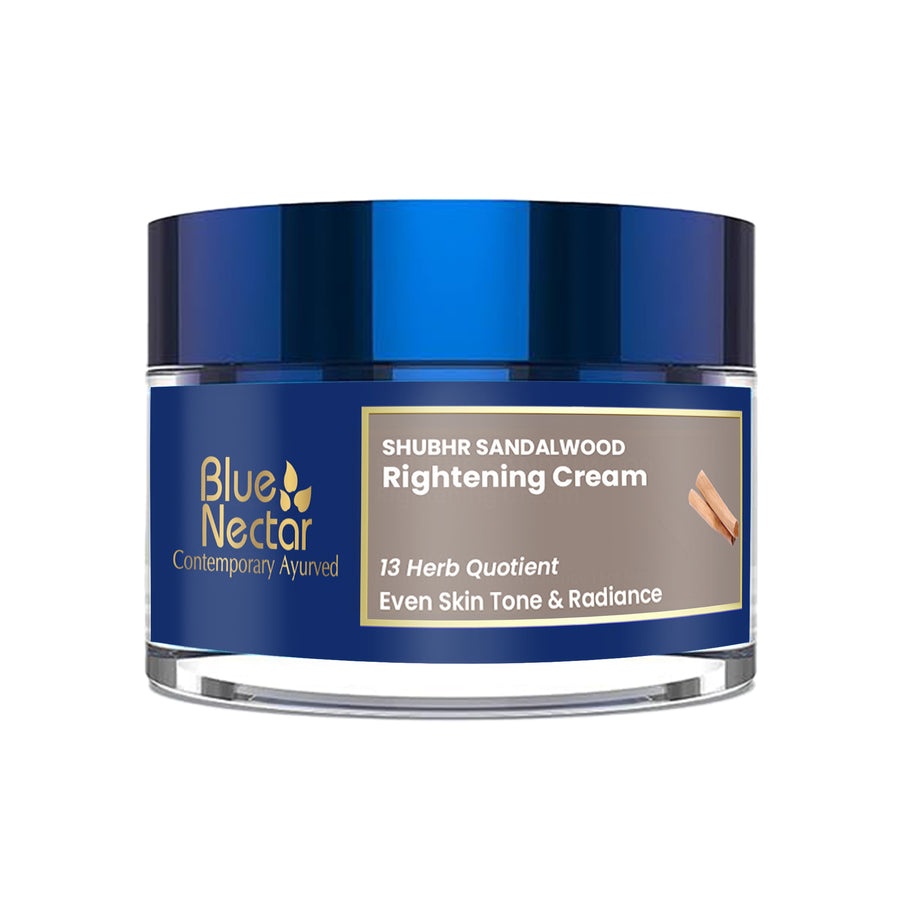
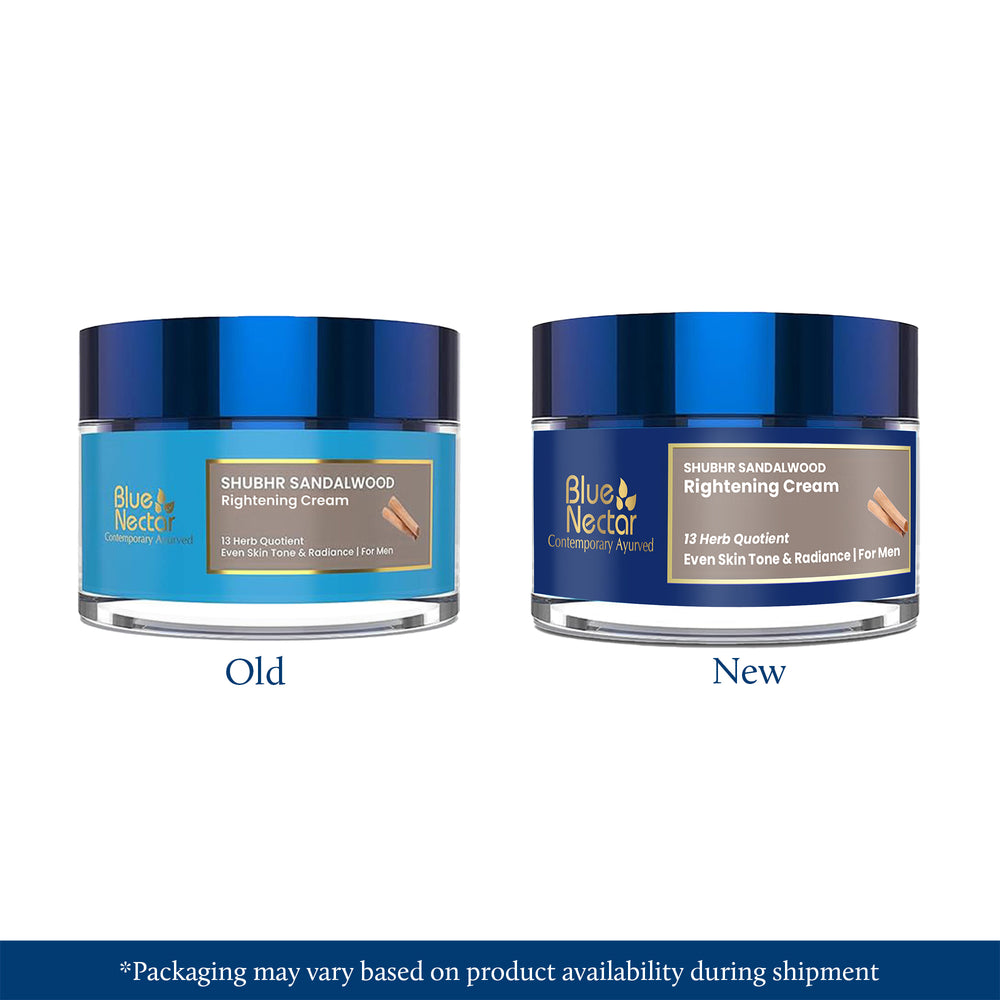




Leave a comment